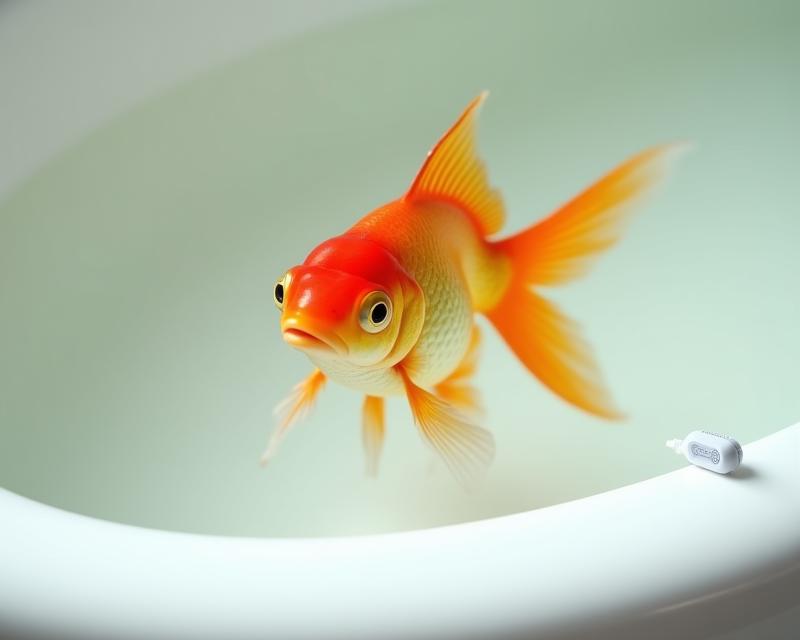Microchipping Your Fish: A Simple Guide
Publish in General Care el 28/06/2025 19:21
Microchipping Your Fish: A Simple Guide
Thinking about microchipping your beloved goldfish? It's a fantastic way to provide a permanent form of identification for your finned friend! While it might sound unusual, microchipping fish is becoming increasingly common and is a simple procedure that can offer peace of mind. This article will walk you through what microchipping is, why it's beneficial, and how it's done – even in the comfort of your own bathtub!

What is Fish Microchipping?
Just like dogs and cats, fish can be microchipped. A microchip is a tiny, inert (non-reactive) electronic device, about the size of a grain of rice, that's implanted under the fish's skin. It contains a unique identification number that's linked to your contact information in a registry. This number can be scanned by a veterinarian or animal shelter to quickly identify your fish if it ever gets lost or found.
Why Microchip Your Goldfish?
Goldfish are surprisingly prone to escaping! Whether they jump out of their tank or someone accidentally lets them go, the chances of them finding their way back home can be slim. A microchip significantly increases the likelihood of a reunion. It's a permanent form of identification, unlike tags which can be lost. Plus, if your fish is found injured or in need of veterinary care, the microchip allows for quick and accurate identification, ensuring they receive the best possible treatment. It's a small investment for a huge potential reward!
Microchipping in the Bathtub: A Step-by-Step Guide
Don't worry, the process is relatively straightforward and can be done safely at home! Here’s a simple guide:
- Gather your supplies: You'll need a small, blunt-tipped microchip applicator (available from veterinary supply stores), antiseptic solution (like betadine), and a clean towel.
- Prepare the fish: Gently place your goldfish in a clean bathtub filled with dechlorinated water. Make sure the water is at a comfortable temperature for your fish.
- Locate the implantation site: The most common site is just below the dorsal fin.
- Insert the microchip: Following the applicator's instructions, carefully insert the microchip into the fish's body.
- Apply antiseptic: Clean the area with antiseptic solution.
- Monitor your fish: Observe your fish for any signs of distress for a few hours after the procedure.
While it might seem daunting, many fish owners successfully microchip their pets at home. If you're unsure about any step, it's always best to consult with your veterinarian. They can perform the procedure professionally and answer any questions you may have. Remember, a little preparation goes a long way in ensuring a smooth and stress-free experience for your aquatic companion!
Finding a Registry
Once your fish is microchipped, you'll need to register the chip with a reputable microchip registry. These registries are like phone books for microchipped pets. When a fish is scanned, the registry allows the scanner to contact you with your contact information. Popular registries include HomeAgain and Fishin' Forever. Make sure to choose a registry that is specifically designed for fish!
Disclaimer: *This article is for informational purposes only and does not constitute veterinary advice. Always consult with a qualified veterinarian for any health concerns or before making any decisions related to your pet's health or treatment.*




